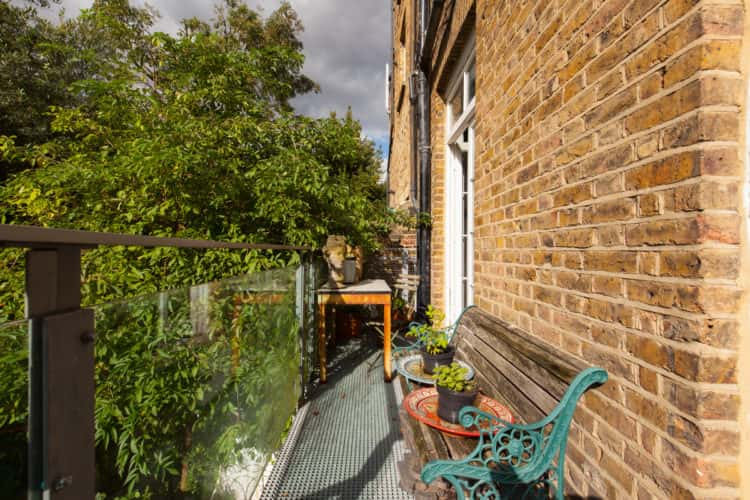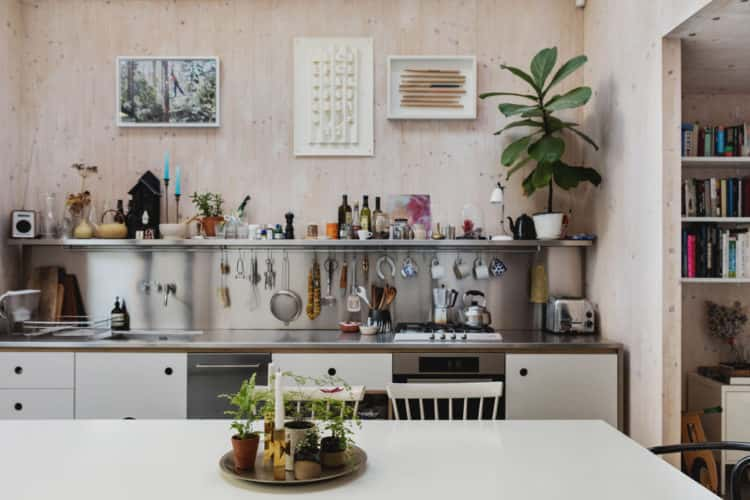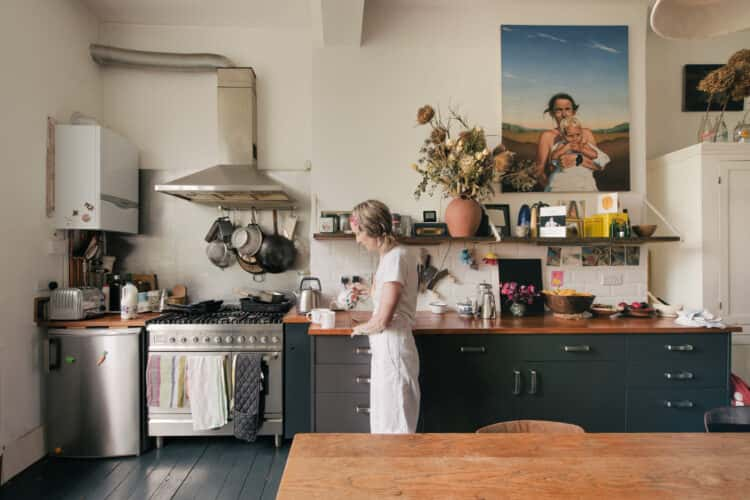How to grow herbs on your windowsill or balcony
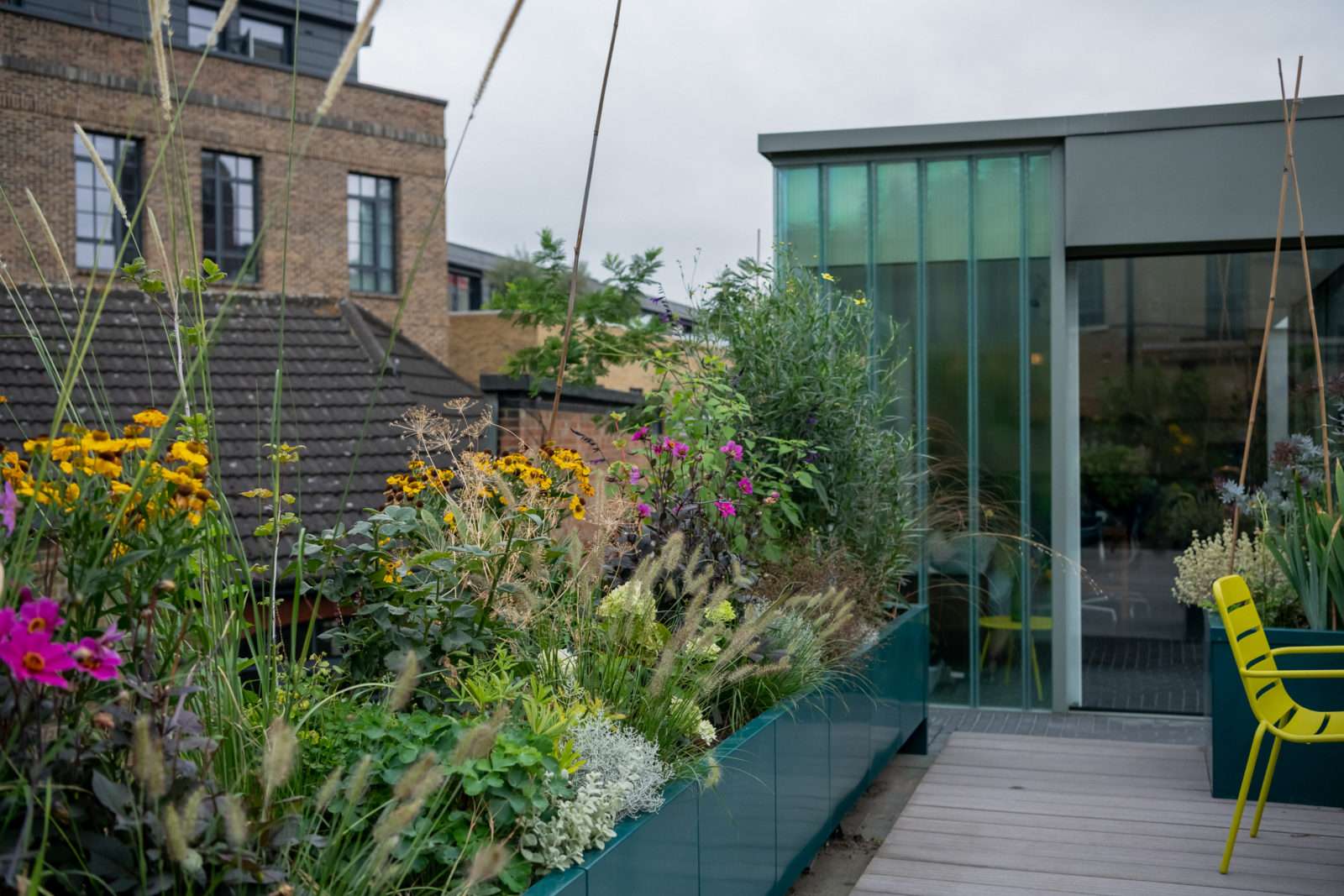
Claire Ratinon: You don’t need masses of space to grow your own edible plants. It certainly helps to have an expansive garden if you want to grow cauliflowers, asparagus or squashes, but if you’re only blessed with a bright balcony or sunny windowsill, you’ve got enough space to grow herbs.
The most straightforward herbs to grow from seed are annual plants and they include basil, parsley and coriander.
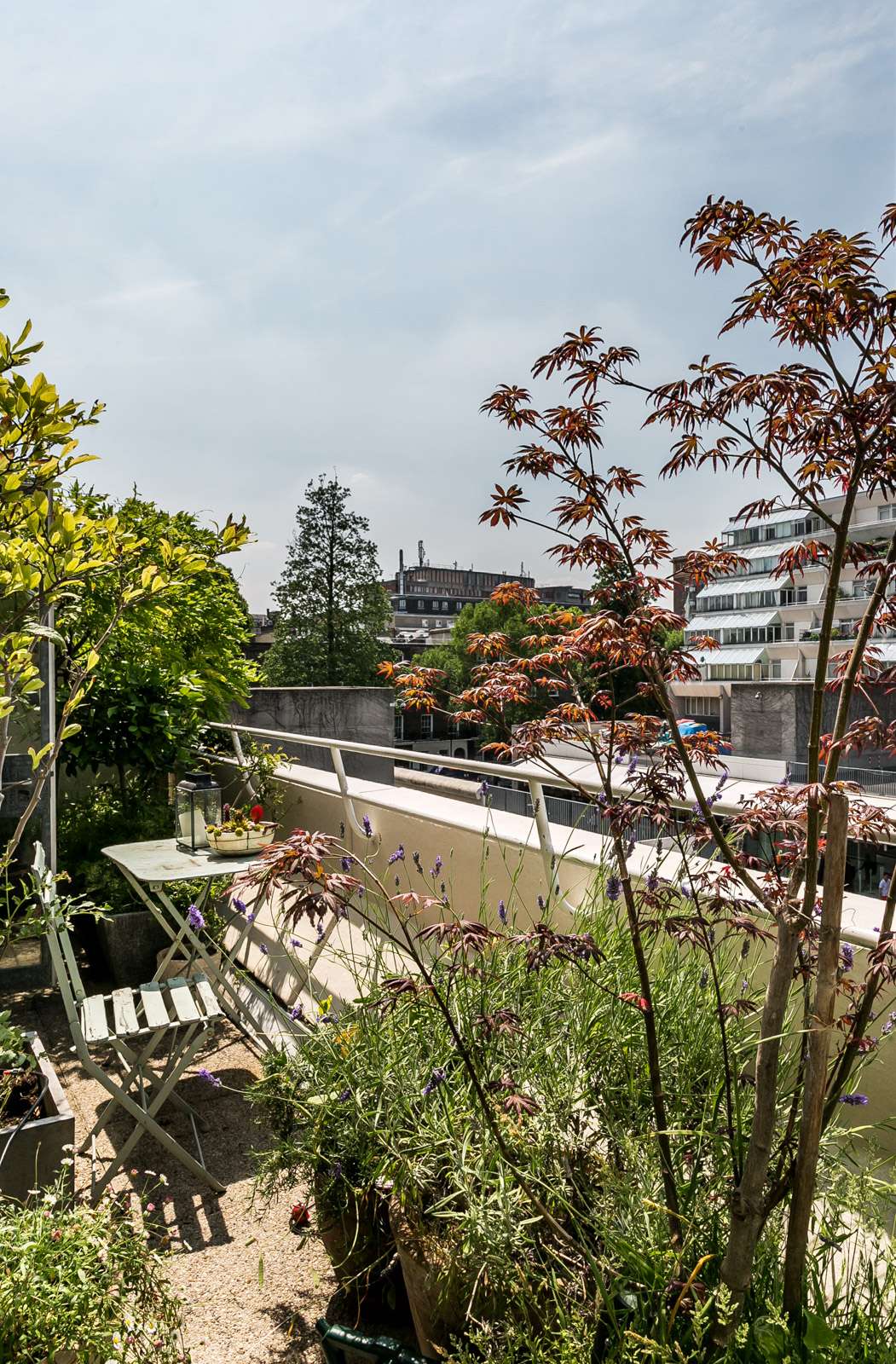
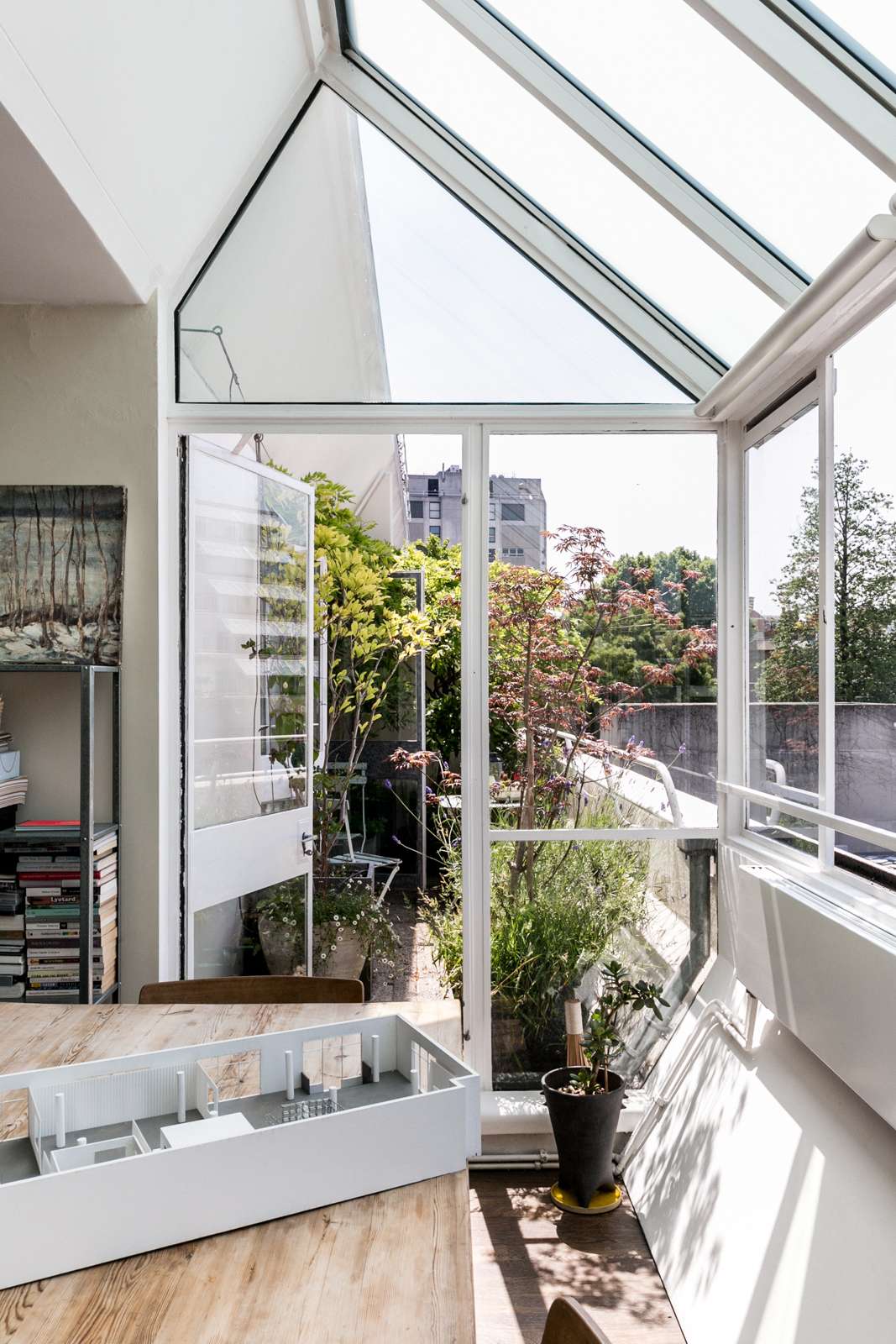
What you need:
I prefer to use a modular tray to sow seeds into but you can use any plastic tray (supermarket mushroom containers will work) to plant your seeds in. If you’re recycling a tray or pot, poke some drainage holes in the bottom so your compost doesn’t get waterlogged. Use peat-free multipurpose compost to fill the tray then compress gently and have a watering can with a rose attachment on standby.
Sow your seeds:
Most herb seeds will grow happily in a little group so I tend to sow between four and six seeds together and after, cover them with compost. Water generously but be gentle – you don’t want to wash away or displace your seeds. Then cover your seed tray with a clear lid or plastic bag and place somewhere warm where they won’t get disturbed. Basil needs warmth to germinate and grow so you might want to pop your basil seeds in a warm airing cupboard or a propagator if you have one.
Watch your plants grow:
As soon as the first signs of life appear from the compost, take the cover off and place your seedlings somewhere sheltered and sunny, like a windowsill. Rotate the tray every day to prevent your seedlings from stretching towards the light in one direction and becoming leggy as this will weaken them.
Taking care of your herbs:
Once your young plants have two to three sets of leaves, plant each cluster into fresh compost in a pot of its own. Keep your new herb plants well-watered and with ample access to sunshine, placing them outside – on a balcony, porch or doorstep – if that’s an option.
If your plants are going to spend their lives on a windowsill, crack open the window as often as you can as exposure to a breeze and fresh air will lead to stronger, healthier plants. And an occasional feed of liquid seaweed will give your plants the nutrients and minerals they need to keep growing when the compost in the pot has run out of them.
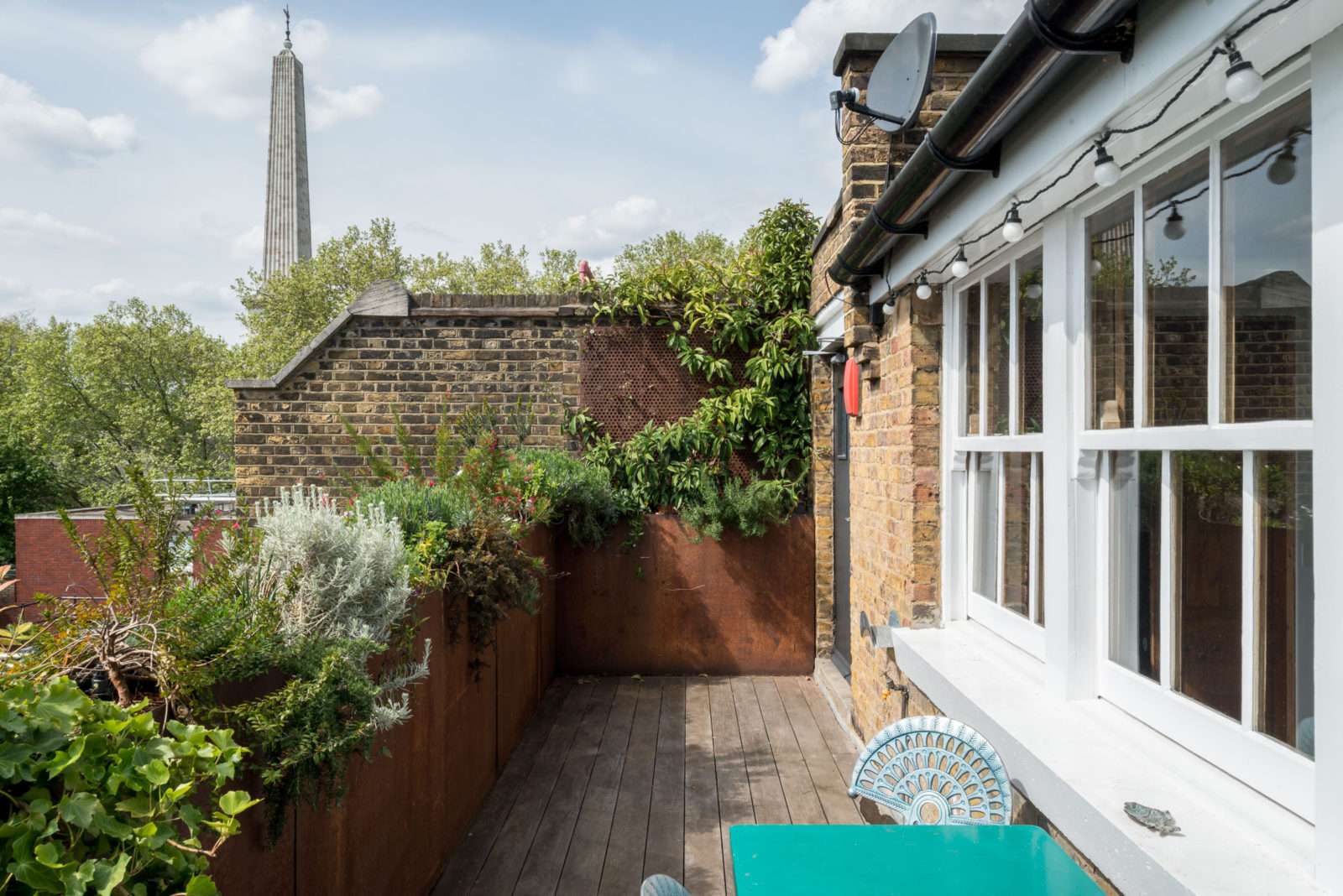
Time to harvest:
When your herb plants are mature and have reached 10-15cm in height and have plenty of leaves, it’s time for your first harvest. Use scissors or a sharp knife to cut the stems of your parsley and coriander, taking the older growth and leaving the younger growth at the base of the plant to keep growing.
Basil is best harvested by pinching out the rosette of leaves at the top of each stem. This will lead to new stems and leaves growing further down and produce a bushier, more productive plant overall.
Try microgreens:
If you find your space for growing isn’t quite bright enough to raise full, mature plants, try growing your herbs as microgreens. Sow a fairly dense scattering of seeds into about five to seven cm of compost and follow the same instructions as above. You’ll have a small forest appearing after a week or two and once your seedlings have produced their first set of true leaves (which appear after the first seed leaves), you can harvest them at this early stage using a pair of scissors to add some extra flavour to your dinner.
Other Herbs to Try:
Perennial herbs (those that grow for multiple years) such as rosemary, sage, oregano, thyme and mint will grow happily in a pot, on a sunny balcony. They would take a fairly long time to grow from seed so they are most often propagated by taking cuttings but that requires you or someone you know to have a parent plant.
It’s far easier to get hold of a plant from a nursery or garden centre. That way you can choose to grow and eat some amazing varieties like apple mint, golden marjoram and hot and spicy oregano. And once they’ve outgrown the pot they came in, repot them in a slightly larger pot in fresh compost mixed with gravel or grit to improve the drainage, as the plants named above dislike having soggy roots.
–
Growing herbs is an ideal place to start your growing journey as you only need a few leaves or stems to bring some homegrown deliciousness to your plate. Once you’re confidently growing herbs at home, you can use the same approach to grow other leafy plants like lettuce, rocket and sorrel.
